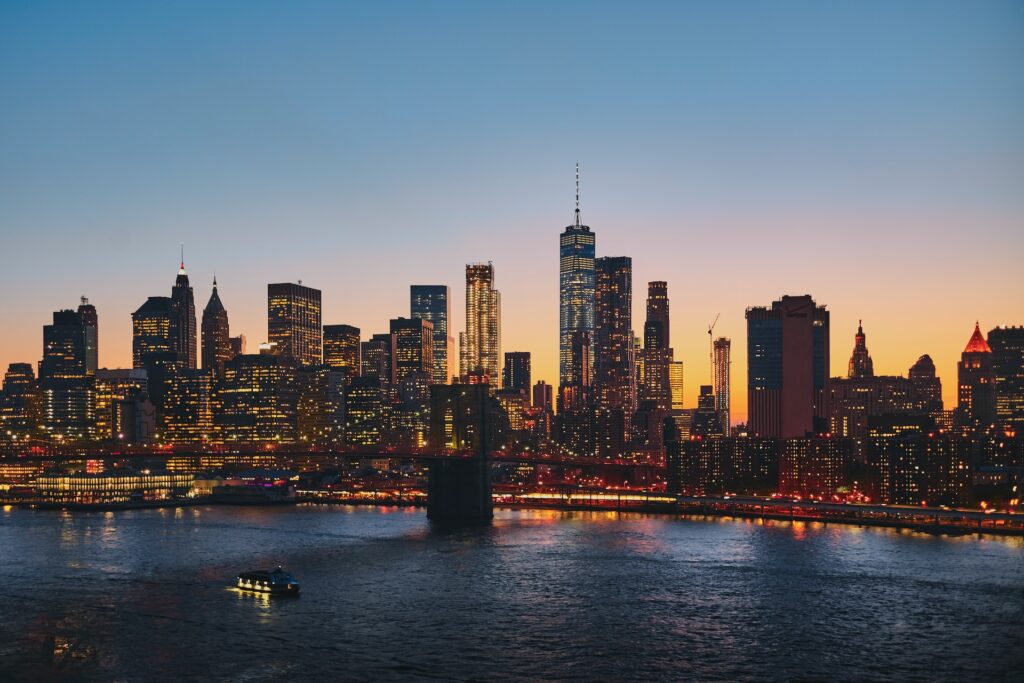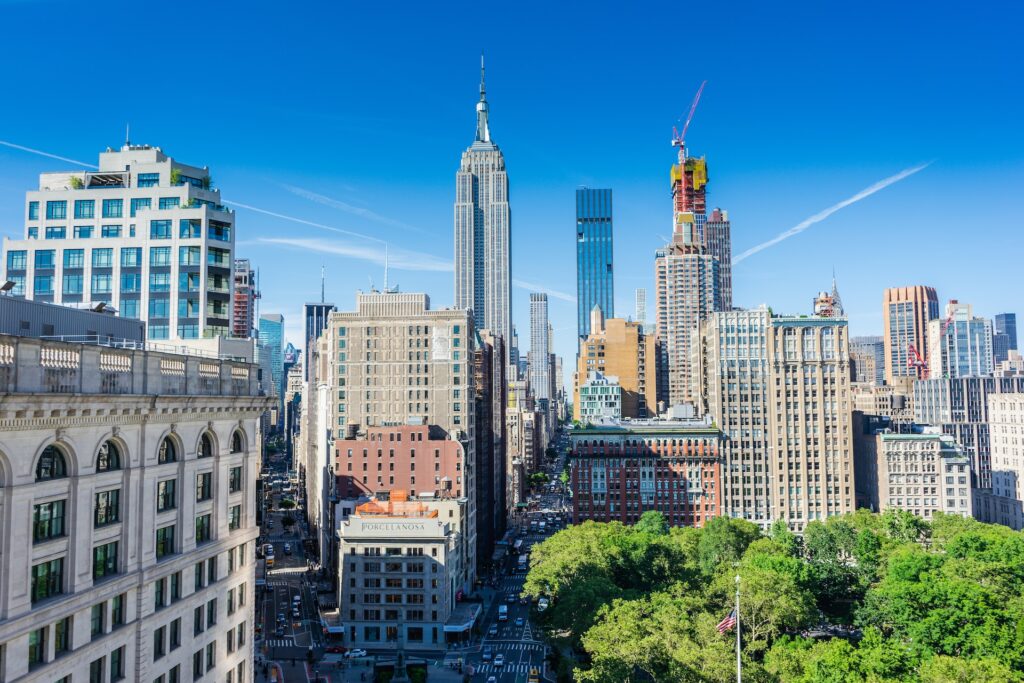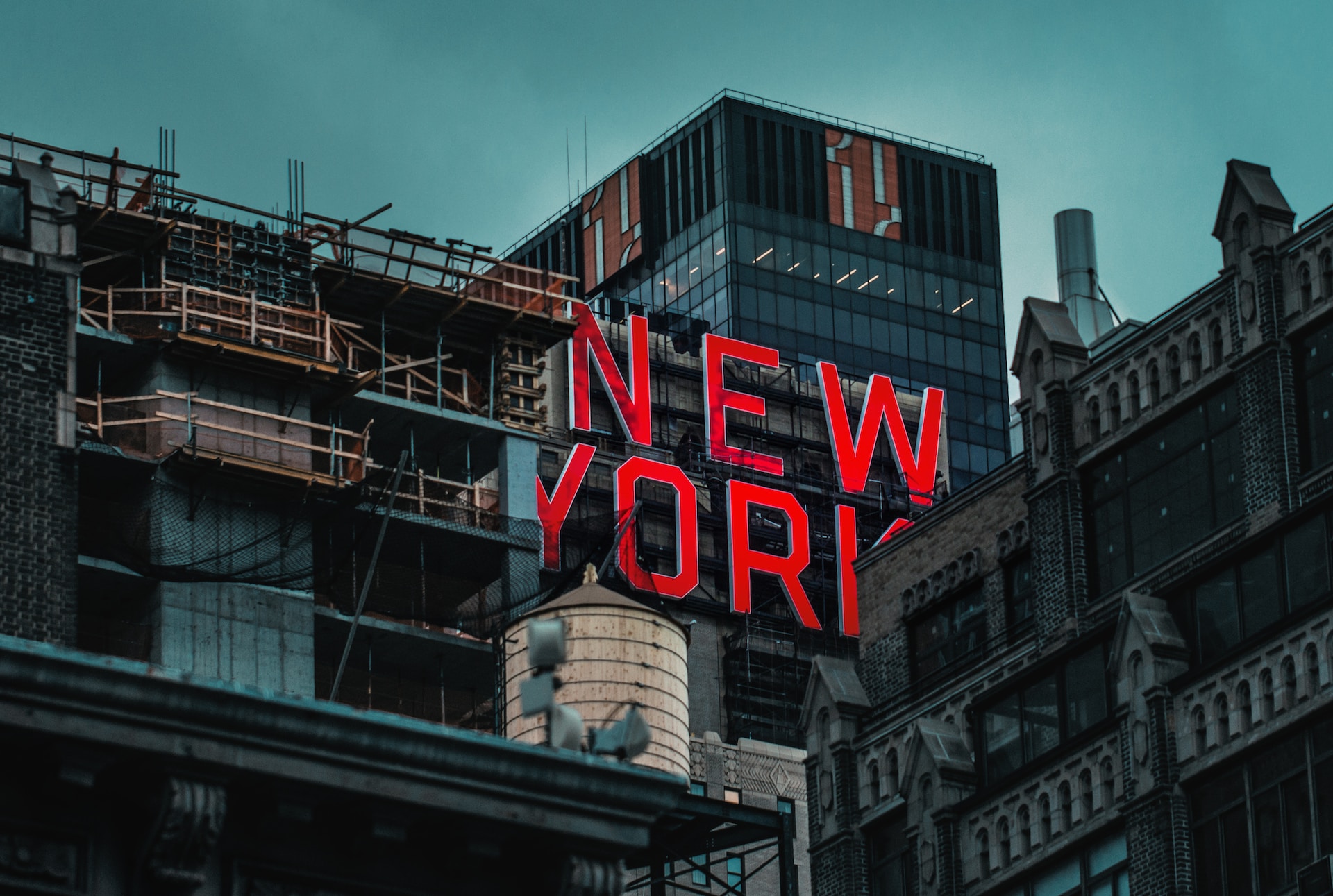New York City, a bustling metropolis known for its rich history, has had its fair share of mayors who left a lasting impact on the city’s development. Among these notable figures, Fiorello La Guardia stands out as a reform-minded leader who reshaped the city’s political landscape and left behind a legacy that continues to influence New York City to this day. Here, we will delve into the life and achievements of Fiorello La Guardia, exploring his contributions as the mayor of New York City during a pivotal era of change.
Early Life and Political Career
Born in 1882 to Italian immigrant parents, Fiorello La Guardia grew up in Greenwich Village and experienced firsthand the hardships faced by many working-class families in New York City. His upbringing instilled in him a deep sense of compassion and a commitment to public service. La Guardia’s political career commenced in the early 20th century, where his progressive ideals and passion for social reform began to shape his political trajectory.
The New Deal and Progressive Reforms
La Guardia assumed office as the 99th mayor of New York City in 1934 at a time when the city was grappling with the effects of the Great Depression. Guided by his progressive vision, La Guardia implemented a series of ambitious reforms aimed at revitalizing the city’s economy and improving the lives of its residents.
He played a crucial role in implementing the various programs and initiatives of President Franklin D. Roosevelt’s New Deal, which aimed to alleviate the hardships faced by Americans during the Great Depression. He actively supported and implemented these federal programs in New York City, such as the Works Progress Administration (WPA) and the Civilian Conservation Corps (CCC). These initiatives not only provided employment opportunities for the city’s residents but also resulted in the development of numerous public works projects.

Fighting Corruption and Tammany Hall
One of the most significant challenges La Guardia faced during his tenure was the pervasive corruption within New York City’s political machine, Tammany Hall. La Guardia was determined to break the stranglehold of the corrupt political system and restore integrity to the city’s governance. He launched a relentless campaign against graft and nepotism, successfully dismantling Tammany Hall’s influence and establishing a more transparent and accountable administration.
Wartime Leadership
Perhaps one of La Guardia’s most famous accomplishments was his handling of the Great Depression and World War II. During these tumultuous times, he provided strong and compassionate leadership, working tirelessly to support those in need and keep the city running smoothly. He was instrumental in securing federal funding for infrastructure projects, creating jobs, and providing relief to those affected by the economic downturn. His steady leadership and commitment to the well-being of the city’s residents earned him widespread admiration and respect.
Social Welfare Reforms and Public Services
La Guardia’s commitment to social welfare and public services was unparalleled. He championed numerous reforms in education, healthcare, and social programs, seeking to uplift the most vulnerable segments of New York City’s population. La Guardia’s administration expanded the city’s public education system, invested in healthcare facilities, and implemented groundbreaking initiatives aimed at eradicating poverty and improving living conditions.

Public Works and Infrastructure
Recognizing the growing importance of air travel, La Guardia sought to modernize the city’s airport infrastructure to accommodate the increasing demand. His most notable achievement was the construction of the La Guardia Airport, which opened in 1939. This state-of-the-art facility, named in his honor, featured innovative design elements that set new standards in airport construction. Today, La Guardia Airport stands as a testament to his enduring legacy in the field of aviation.
He also played a crucial role in the development of the Queens-Midtown Tunnel, which opened to traffic in 1940. This tunnel, connecting the boroughs of Queens and Manhattan, helped alleviate congestion and provided a faster and more efficient route for commuters and goods.
Municipal Transit Systems
La Guardia made significant contributions to New York City’s municipal transit systems during his tenure as mayor. His visionary leadership and dedication to improving the city’s infrastructure transformed the transportation landscape. La Guardia implemented numerous initiatives, such as the expansion of the subway system, the modernization of streetcar networks, and the introduction of innovative bus routes. Under his guidance, the city witnessed improved reliability, increased accessibility, and enhanced efficiency in its transit services.
Legacy and Lasting Impact
Fiorello La Guardia’s legacy as New York City’s reform mayor is still evident today. His transformative policies and unwavering dedication to public service laid the foundation for a more inclusive and equitable city. The reforms he implemented, such as the establishment of the city’s first unified transit system and the improvement of public infrastructure, continue to shape the city’s growth and development.
The Bottom Line
Fiorello La Guardia’s tenure as New York City’s mayor was a period of immense change and progress. His commitment to social reform, transparency in governance, and investment in public services left an indelible mark on the city’s history. By challenging the status quo and advocating for the rights of the working class, La Guardia paved the way for a more equitable and prosperous New York City. Today, his legacy serves as a reminder of the transformative power of leadership and the enduring impact it can have on a city’s future.







